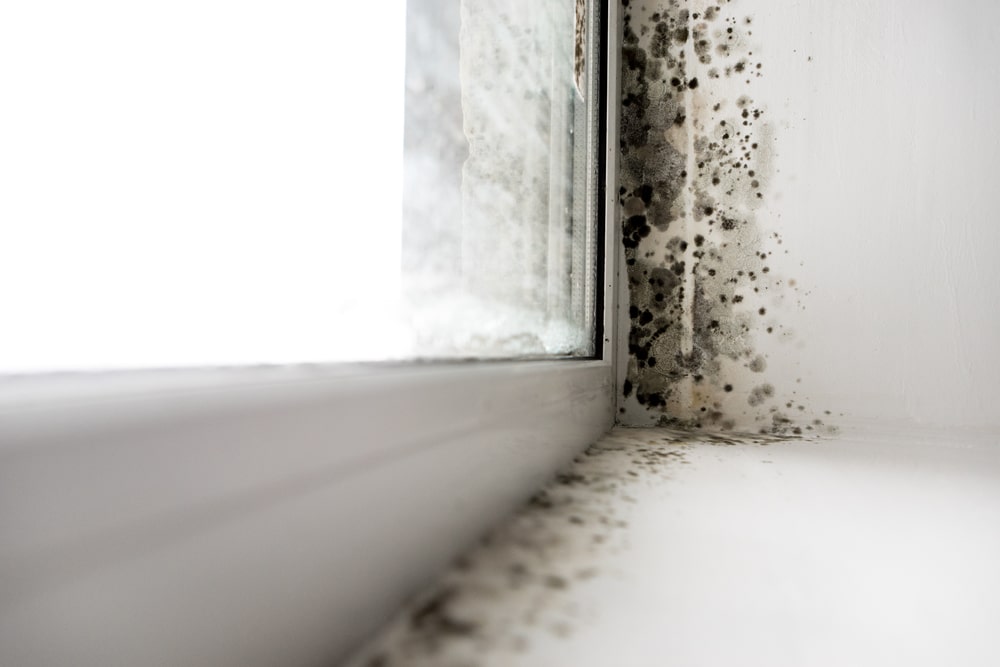Black Mold and Mildew
Black mold and mildew inside your house can pose health risks for you and your family. However, there have been a lot of sensationalized even false claims about black mold being highly toxic. Yet, it is important for us to set the record straight for you about the health risks that both mold and mildew can cause. Still, it should be eradicated from your home.
Black mold can appear in homes where the area is warm, humid, and damp. One of the more vulnerable areas of home are basements and crawl spaces. Both are prone to take in leakage and moisture, which in turn can set the right environment for black mold to grow. Black mold is easy to spot due to its color. Regular mold would appear in green or gray.
Black mold can trigger health concerns and allergic reactions. These health issues can depend on how long a person has been exposed. Symptoms can include chronic headache, fatigue, fever, sneezing, rashes, and chronic coughing.
While treating areas with mold growth, you should always be required to wear a respirator or mask that is safe to wear when dealing with mold spores. You should also wear clothing that should cover your skin to avoid any irritation from mold spores.
Mildew is unlike mold. But if exposed to it long enough, it can trigger health issues. Mildew is less invasive and bothersome than it’s moldy counterparts. Mildew is typically found in wet areas of your house. It will appear as a grayish-white before turning to brown. Unlike mold, mildew is easier to clean up. It’s flat, powdery substance can be found on surfaces such as bathroom tiles. Your bathroom will probably be ground zero for any mildew growth. Be sure to clean any trouble spots with bleach and vinegar. While health risks are not likely with small amounts of mildew, large amounts can cause mild respiratory symptoms. Also, it can cause sneezing, runny nose, itchy eyes, and stuffiness.
Mold and mildew are both fungi, but have differences that distinguish one from the other. Mildew is light in color and can be found on surfaces. Meanwhile, mold can be found in places that are not always visible. Mold is also darker in color and is more rampant in dark, damp, humid areas. Mold can spread quickly throughout a house and can cause cosmetic and structural damage. Mildew may not do as much damage, it can make parts of your home look ugly.
Bear in mind that there are other types of mold that exist. Be sure to know what they are so you don’t make a misidentification. The following are three common molds and where you can find them:
- Aspergillus: A mold that is commonly found in basements. It can be found on surfaces on such as on building materials and even clothing (if stored in a moist area). Those with compromised immune systems exposed to this mold can be at risk for health issues such as fungal sinusitis and nail fungus.
- Penicillium: Have you ever come across an orange with mold spots? If you did, then you know what penicillium looks like and have an idea of where it can grow. It can appear as a shade of blue, green, and white. This can also be found in air conditioning systems. More specifically on cooling coils and the interior fiberglass liner of the AC. This could create health issues, especially for those with asthma. To avoid penicillium growth, do research on the shelf life of any specific foods you may be concerned with. Be sure to clean out your fridge on a regular basis.
- Cladosporium: If found indoors, you’ll most likely find this mold in kitchens and bathrooms. It can also be found in wallpapers in rooms where moisture is frequent. Health issues due to this type of mold is typically rare. But long term exposure can cause eye, skin, and sinus infections.


Recent Comments